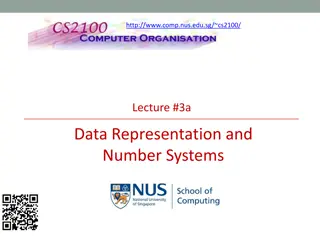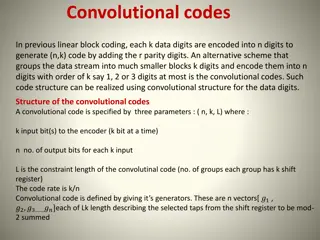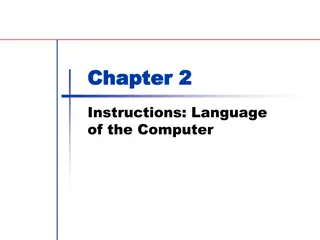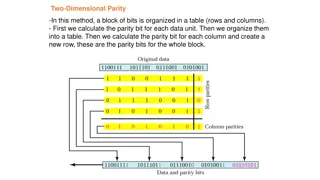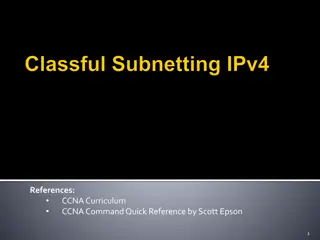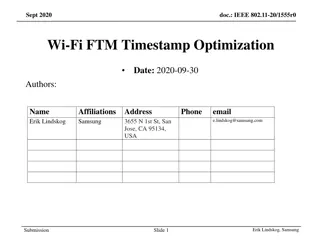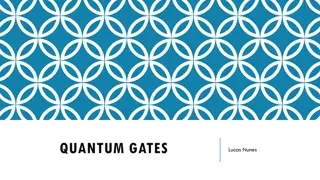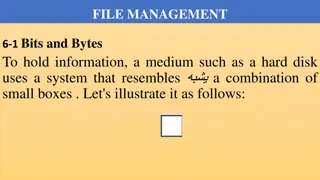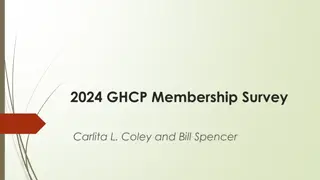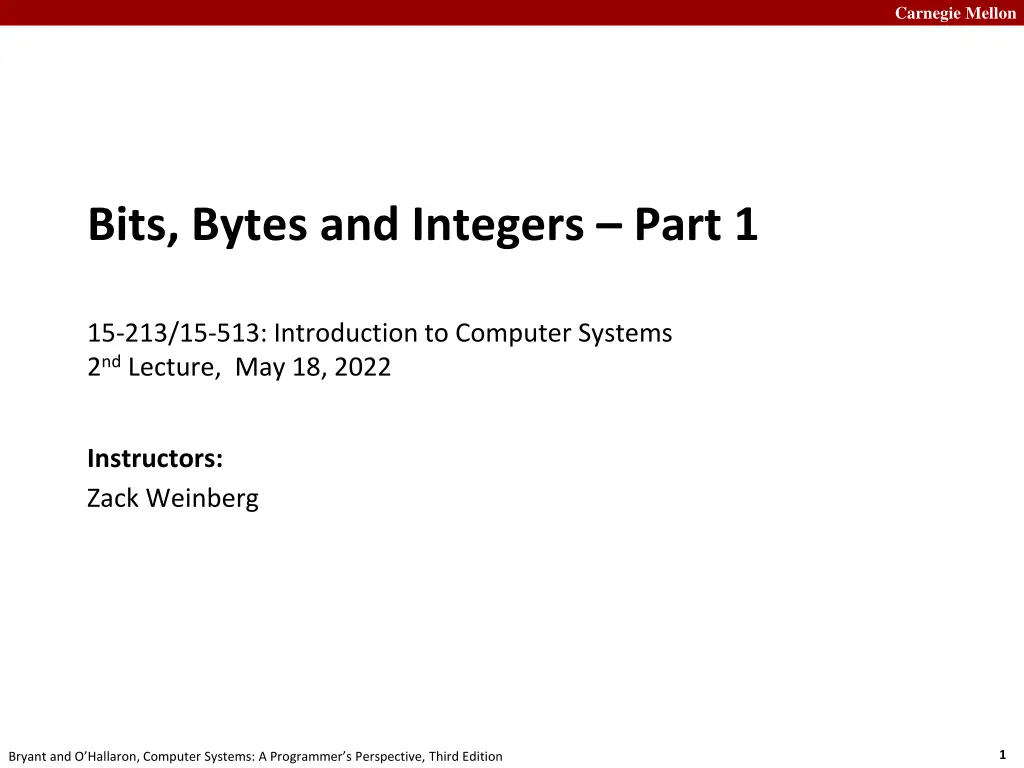
Understanding Computer Systems at Carnegie Mellon University
Explore the fundamentals of computer systems with Carnegie Mellon University's course on bits, bytes, and integers. Learn about binary representation, bit-level operations, integer conversions, and more. Discover how computers interpret and manipulate data using bits. Join the journey through the inner workings of computers and gain insights into the importance of bits in electronic implementations.
Download Presentation

Please find below an Image/Link to download the presentation.
The content on the website is provided AS IS for your information and personal use only. It may not be sold, licensed, or shared on other websites without obtaining consent from the author. If you encounter any issues during the download, it is possible that the publisher has removed the file from their server.
You are allowed to download the files provided on this website for personal or commercial use, subject to the condition that they are used lawfully. All files are the property of their respective owners.
The content on the website is provided AS IS for your information and personal use only. It may not be sold, licensed, or shared on other websites without obtaining consent from the author.
E N D
Presentation Transcript
Carnegie Mellon Bits, Bytes and Integers Part 1 15-213/15-513: Introduction to Computer Systems 2ndLecture, May 18, 2022 Instructors: Zack Weinberg 1 Bryant and O Hallaron, Computer Systems: A Programmer s Perspective, Third Edition
Carnegie Mellon Waitlist questions All waitlist questions should go to Amy Weis alweis@andrew.cmu.edu Please don t contact the instructors with waitlist questions. 2 Bryant and O Hallaron, Computer Systems: A Programmer s Perspective, Third Edition
Carnegie Mellon Reminder about in-person attendance This room is full. In-person classes are primarily for undergraduate students who are enrolled in 15-213. If I told you in email to enroll in 513 for a reason other than you re a graduate student, you are also entitled to be in this room. If you re enrolled in 15-513 because you are a graduate student, however, you may attend only if there is space. 3 Bryant and O Hallaron, Computer Systems: A Programmer s Perspective, Third Edition
Carnegie Mellon Roadmap Inside a Computer You may have seen this block diagram, or one like it, before. CPU RAM Bus Hard Disk GPU RAM Network Adapter GPU Controller The Internet Display Disks 4 Bryant and O Hallaron, Computer Systems: A Programmer s Perspective, Third Edition
Carnegie Mellon Today: Bits, Bytes, and Integers Representing information as bits Bit-level manipulations Integers Representation: unsigned and signed Conversion, casting Expanding, truncating Addition, negation, multiplication, shifting Summary Representations in memory, pointers, strings 5 Bryant and O Hallaron, Computer Systems: A Programmer s Perspective, Third Edition
Carnegie Mellon Everything is bits Each bit is 0 or 1 By encoding/interpreting sets of bits in various ways Computers determine what to do (instructions) and represent and manipulate numbers, sets, strings, etc Why bits? Electronic Implementation Easy to store with bistable elements Reliably transmitted on noisy and inaccurate wires 0 1 0 1.1V 0.9V 0.2V 0.0V 6 Bryant and O Hallaron, Computer Systems: A Programmer s Perspective, Third Edition
Carnegie Mellon For example, can count in binary Base 2 Number Representation Represent 1521310as 111011011011012 Represent 1.2010as 1.0011001100110011[0011] 2 Represent 1.5213 X 104as 1.11011011011012X 213 7 Bryant and O Hallaron, Computer Systems: A Programmer s Perspective, Third Edition
Carnegie Mellon Encoding Byte Values 0 1 2 3 4 5 6 7 8 9 A B C D E F 0 1 2 3 4 5 6 7 8 9 10 11 12 13 14 15 0000 0001 0010 0011 0100 0101 0110 0111 1000 1001 1010 1011 1100 1101 1110 1111 Byte = 8 bits Binary 000000002to 111111112 Decimal: 010to 25510 Hexadecimal 0016to FF16 Base 16 number representation Use characters 0 to 9 and A to F Write FA1D37B16in C as 0xFA1D37B 0xfa1d37b 15213: 0011 1011 0110 1101 3 B 6 D 8 Bryant and O Hallaron, Computer Systems: A Programmer s Perspective, Third Edition
Carnegie Mellon Activity: binary, hexadecimal, twos complement https://www.cs.cmu.edu/afs/cs/academic/class/15213- m22/www/activities/213_lecture2.pdf 9 Bryant and O Hallaron, Computer Systems: A Programmer s Perspective, Third Edition
Carnegie Mellon Preview: Combining bytes C Data Type Typical 32-bit Typical 64-bit 1 1 char 2 2 short 4 4 int 4 8 long 8 8 float 8 8 double pointer 4 8 10 Bryant and O Hallaron, Computer Systems: A Programmer s Perspective, Third Edition
Carnegie Mellon Preview: to make integers UMax = ?? ? where w is the number of bits ( word size ) UMin = 0 TMax = ?? ? ? TMin = ?? ? Asymmetric! Because of zero 11 Bryant and O Hallaron, Computer Systems: A Programmer s Perspective, Third Edition



